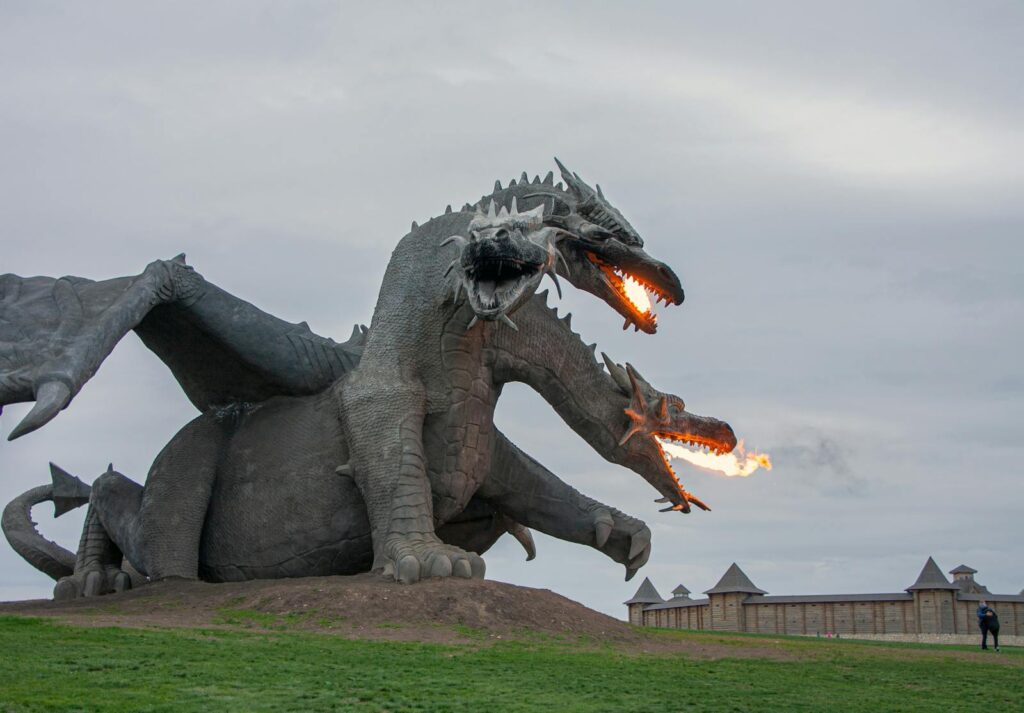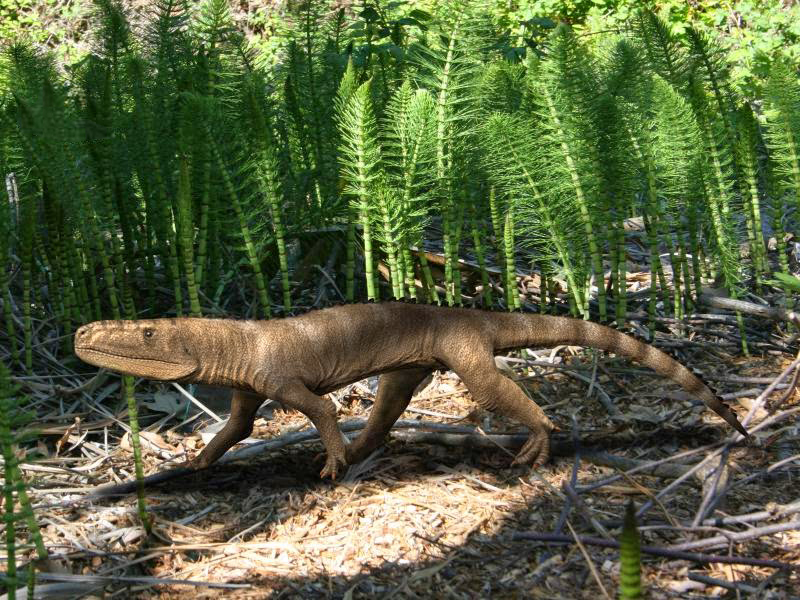Few scientific discoveries have sparked as much controversy as dinosaur fossils. Since their formal scientific recognition in the early 19th century, these prehistoric titans have become central figures in the ongoing debate between creationism and evolutionary theory. Dinosaurs present a fascinating case study in how scientific evidence intersects with religious interpretation, cultural values, and educational policy.
Their very existence raises profound questions about Earth’s history, the development of life, and humanity’s place in the natural order. As we examine how dinosaurs have influenced this debate, we’ll explore not just scientific and religious perspectives, but also how these magnificent creatures have shaped public discourse about our origins for nearly two centuries.
The Dawn of Dinosaur Paleontology

The scientific study of dinosaurs began in earnest during the 1820s, when British naturalists like Mary Anning, William Buckland, and Gideon Mantell uncovered and described the first recognized dinosaur specimens. Their discoveries included creatures like Megalosaurus and Iguanodon, which defied easy classification within known animal groups. These findings emerged during a period when natural theology dominated scientific thinking in Western Europe, with many scholars viewing their work as revealing God’s design in nature.
However, these massive, extinct reptiles raised troubling questions about Earth’s history. Why would God create creatures only to let them die out? The sheer antiquity suggested by these fossils challenged the then-common belief in a young Earth, creating the first tensions between paleontological evidence and traditional biblical interpretation.
Dinosaurs and Darwin’s Revolution
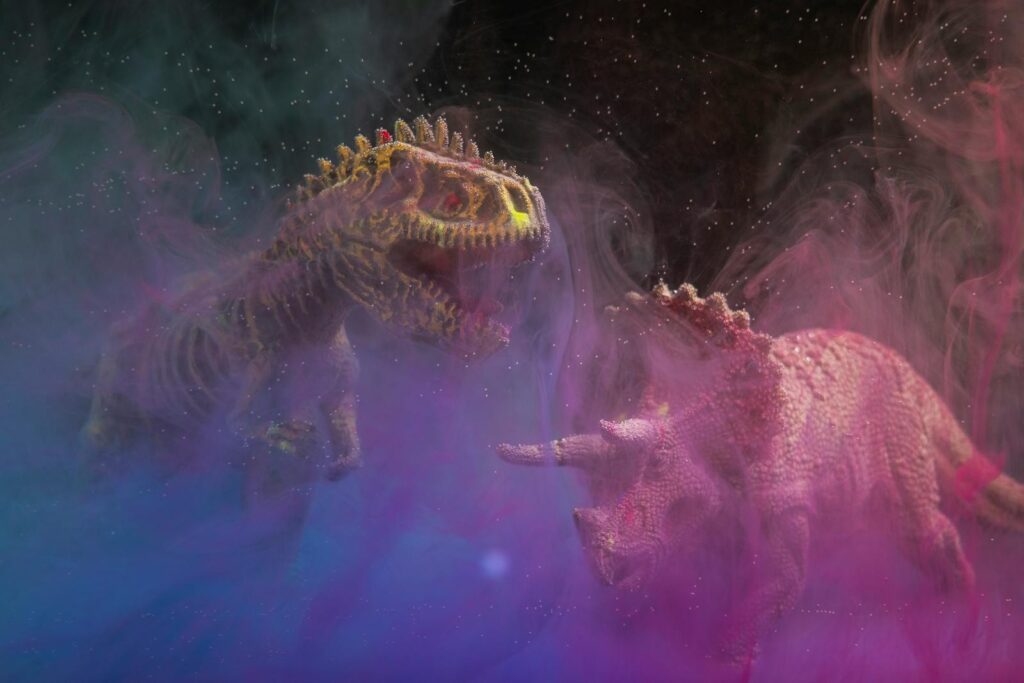
When Charles Darwin published “On the Origin of Species” in 1859, dinosaur fossils became powerful evidence supporting his revolutionary theory. Darwin’s explanation of natural selection and common descent provided a framework for understanding why these extinct creatures shared anatomical features with modern reptiles while exhibiting their own unique adaptations. The growing fossil record revealed not just dinosaurs but a succession of different creatures through geological time, suggesting the gradual transformation of species that evolution predicted.
Thomas Huxley, Darwin’s famous defender, specifically pointed to similarities between dinosaurs and birds as evidence of evolutionary relationships. For evolutionary scientists, dinosaurs weren’t anomalies but rather missing pieces in the great puzzle of life’s development, offering tangible evidence of species changing over vast time periods.
The Rise of Scientific Creationism
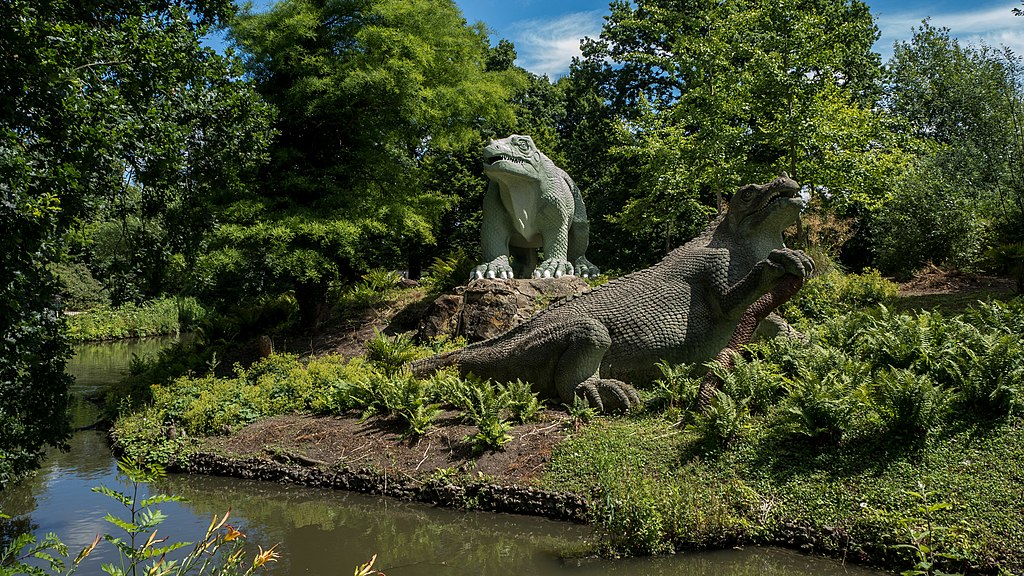
The 20th century saw the development of more sophisticated creationist responses to dinosaur evidence. Rather than simply rejecting fossil findings, many creationists incorporated dinosaurs into their worldview through various interpretations of biblical accounts. George McCready Price, a Seventh-day Adventist and influential early “creation scientist,” proposed that the fossil record represented not millions of years of evolution but rather the catastrophic burial of organisms during Noah’s flood.
This “flood geology” approach was later formalized by Henry Morris and John Whitcomb in their 1961 book “The Genesis Flood,” which became a foundational text for the modern creation science movement. These theories specifically addressed dinosaurs, suggesting they lived alongside humans but were mostly destroyed in the biblical deluge, with possibly a few surviving on Noah’s ark.
Dating Controversies: Millions of Years vs. Thousands
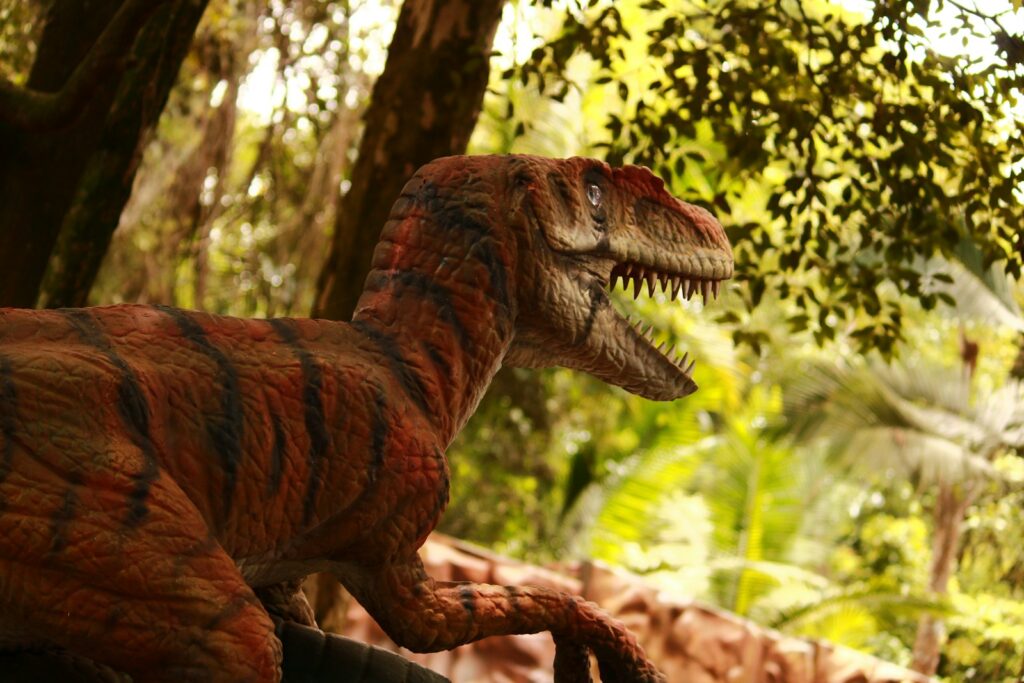
Perhaps no aspect of dinosaur science has generated more controversy than the methods used to determine their age. Mainstream paleontologists date dinosaur fossils to between 245 and 66 million years ago, using multiple independent techniques, including radiometric dating of volcanic ash layers surrounding fossils. These dates form the foundation of the geological timescale that places dinosaurs in the Mesozoic Era, long before humans evolved. Young Earth creationists, however, maintain that Earth is only about 6,000-10,000 years old based on biblical chronology, requiring them to challenge these dating methods.
They often argue that radiometric dating relies on unproven assumptions about initial conditions and decay rates, suggesting that processes like the biblical flood could have altered results. This fundamental disagreement about timescales remains one of the most unbridgeable divides in the creation-evolution debate.
Dinosaurs in the Bible? Textual Interpretations

Many creationists have searched biblical texts for possible references to dinosaurs, focusing on creatures mentioned in the Old Testament. The behemoth described in Job 40:15-24, with its powerful body and tail “like a cedar,” has been interpreted by some as a sauropod dinosaur rather than a hippopotamus or elephant, as secular scholars suggest. Similarly, the fire-breathing leviathan from Job 41 has been proposed as potentially a marine reptile or dinosaur.
These interpretations aim to demonstrate that humans and dinosaurs coexisted, as required by young Earth chronology. Critics counter that these passages employ poetic language to describe known ancient animals or mythological creatures, and that no unambiguous dinosaur descriptions exist in ancient texts. This hermeneutical debate highlights how dinosaurs have influenced biblical interpretation itself, with each side accusing the other of forcing evidence to fit predetermined conclusions.
The Search for Human and Dinosaur Coexistence

Establishing that humans and dinosaurs lived simultaneously would dramatically undermine evolutionary timelines, making such evidence highly prized by creationists. Various claims have emerged over the decades, including the famous Paluxy River “man tracks” in Texas, allegedly showing human footprints alongside dinosaur prints. These were later shown by scientists to be erosion-modified dinosaur tracks or carvings. Other purported evidence includes ancient artwork supposedly depicting dinosaurs, such as the controversial Ica stones from Peru or Cambodia’s Ta Prohm temple carvings.
Mainstream archaeologists and paleontologists have systematically examined these claims, typically finding they represent other animals, mythological creatures, or modern forgeries. The continued search for such evidence demonstrates how crucial the dinosaur timeline remains to both sides of the debate, with creationists seeking the “smoking gun” that would force a scientific paradigm shift.
Dinosaurs in the Classroom: Educational Battles

School curricula have become major battlegrounds in the creation-evolution debate, with dinosaurs often at center stage. Their prominence in children’s fascination with science makes them powerful educational tools, but also controversial figures when origins are discussed. Since the 1925 Scopes “Monkey Trial,” American public schools have witnessed ongoing legal challenges regarding how evolution should be taught, with more recent cases like Kitzmiller v. Dover Area School District (2005) specifically addressing attempts to introduce intelligent design alongside evolution.
Dinosaurs feature prominently in these controversies because they capture student interest while embodying key evolutionary concepts like adaptation, speciation, and extinction. Creation science advocates have responded by developing alternative curricula, textbooks, and educational materials presenting dinosaurs within a biblical framework, distributed widely through religious schools, homeschooling networks, and creation museums.
Soft Tissue Findings: Revolutionary Evidence?
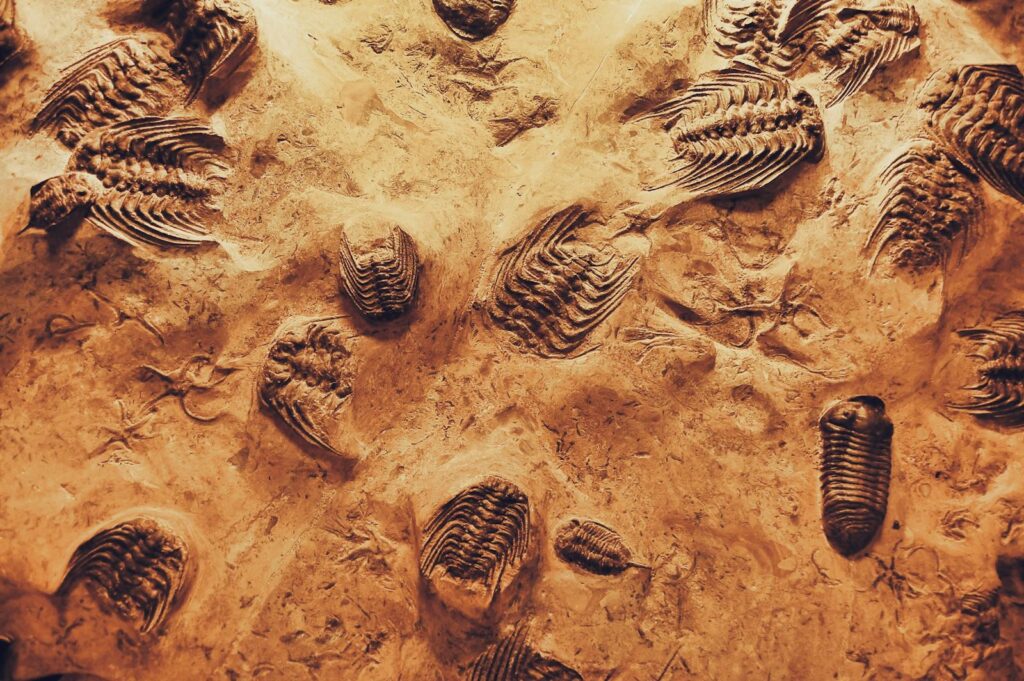
The discovery of preserved soft tissue in dinosaur fossils has become a flashpoint in recent debates. In 2005, paleontologist Mary Schweitzer reported finding flexible tissue and identifiable blood vessels in a Tyrannosaurus rex specimen estimated to be 68 million years old. Creationists quickly cited these findings as evidence that dinosaur fossils must be much younger than claimed, arguing that organic materials couldn’t possibly survive for millions of years. Subsequent research has identified several mechanisms that might allow exceptional preservation, including the formation of iron compounds that prevent bacterial decomposition.
Scientists have also documented similar preservation in other specimens and developed a new understanding of how biomolecules can persist under specific conditions. This ongoing research demonstrates how even cutting-edge paleontological discoveries become immediately incorporated into the creation-evolution debate, with both sides interpreting the same evidence through their respective frameworks.
Museum Wars: Competing Narratives in Public Spaces

Museum exhibitions represent another front where dinosaurs drive the creation-evolution debate into public consciousness. Traditional natural history museums like the Smithsonian present dinosaurs within the framework of evolutionary biology and geological time, using fossils to illustrate Earth’s deep history. In response, creationist organizations have established alternative museums, most notably the Creation Museum in Kentucky, operated by Answers in Genesis. This facility features professionally produced exhibits showing dinosaurs coexisting with humans and surviving on Noah’s Ark.
Both types of institutions use similar display techniques—mounted skeletons, dioramas, interactive elements—to present radically different narratives about the same fossils. These competing museums reflect not just scientific disagreement but fundamentally different approaches to knowledge itself, with creation museums explicitly presenting biblical authority as the starting point for interpreting physical evidence.
Dinosaurs and Public Opinion: The Cultural Impact

Dinosaurs wield enormous cultural influence that extends far beyond scientific circles, making them uniquely powerful in shaping public attitudes about evolution and creation. Their regular appearance in blockbuster films, children’s books, toys, and popular media ensures that most people form some relationship with these creatures regardless of their religious background. Polling consistently shows that Americans remain divided on evolution, with a significant percentage rejecting the scientific consensus about Earth’s age and the development of species.
Dinosaurs often serve as entry points for discussions about origins in families and communities, with parents and educators from different worldviews carefully framing these magnificent creatures within their preferred narrative. This cultural prominence explains why dinosaurs generate such passionate debate—they’re not merely scientific specimens but powerful symbols around which cultural identities and worldviews have formed.
Theistic Evolution: Finding Middle Ground?
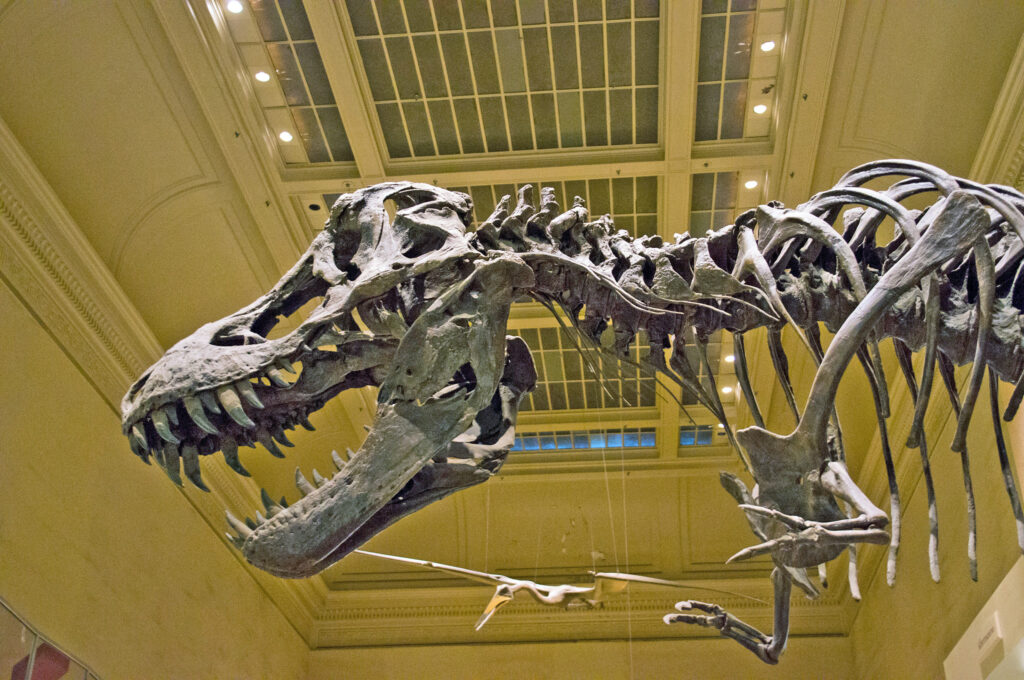
Not all religious perspectives see dinosaurs as challenging faith traditions. Theistic evolutionists—those who accept evolutionary science while maintaining belief in God as the ultimate creator—view dinosaurs as fascinating examples of life’s development through divinely guided natural processes. Organizations like BioLogos, founded by prominent Christian scientist Francis Collins, promote interpretations that accept the scientific consensus on dinosaur evolution while finding theological meaning in the process.
From this perspective, the 165-million-year reign of dinosaurs represents part of God’s creative activity working through natural laws over vast time periods. Many mainstream religious denominations, including Catholicism, have officially embraced positions compatible with evolutionary science. These approaches demonstrate that the creation-evolution debate isn’t simply religion versus science, but rather involves complex interactions of scientific interpretation, theological understanding, and biblical hermeneutics.
Modern Paleontology: Changing Our View of Dinosaurs

Scientific understanding of dinosaurs has undergone revolutionary changes in recent decades, with discoveries that continue to challenge both evolutionary and creationist frameworks. The recognition that birds are living dinosaurs, supported by overwhelming fossil and genetic evidence, has blurred the line between extinct and extant species. Findings of feathered dinosaurs from China have transformed our vision of these animals from scaly reptiles to often bird-like creatures with complex behaviors.
New technologies allow scientists to analyze growth patterns, metabolism, and even coloration of species that disappeared millions of years ago. These advances have actually intensified the creation-evolution debate, as each side incorporates new findings into their worldview. Creationists often focus on the remarkable design features revealed by modern research, while evolutionists point to the increasingly detailed evolutionary transitions documented in the fossil record.
The Continuing Significance of the Dinosaur Debate
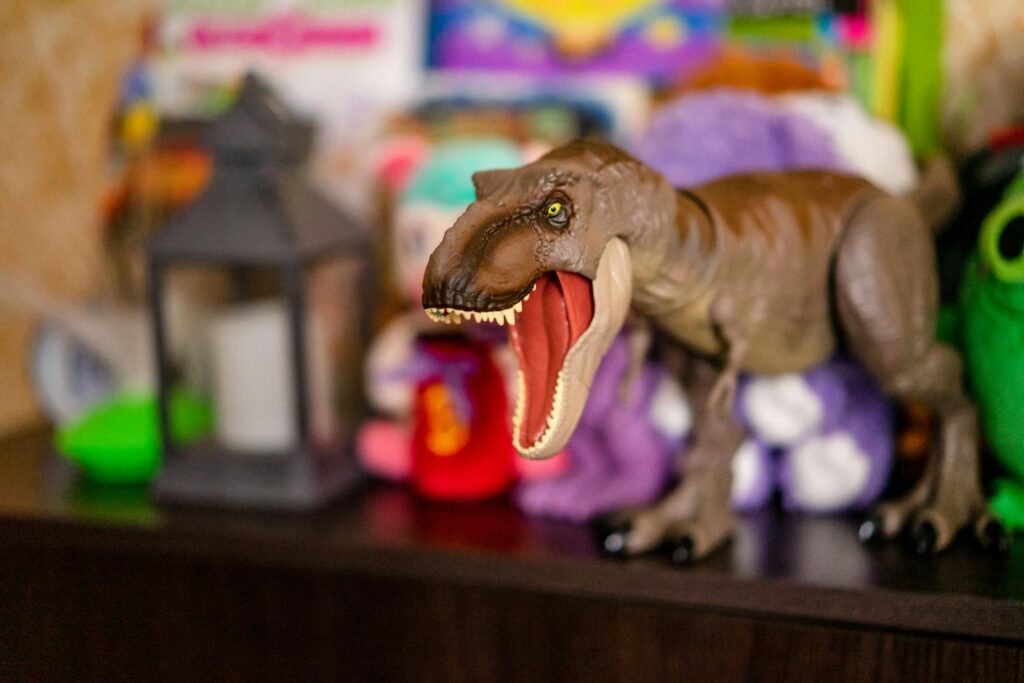
The enduring power of dinosaurs in the creation-evolution debate reflects deeper cultural and philosophical divisions about authority, knowledge, and humanity’s place in nature. Far from being resolved, these conversations continue to evolve alongside new discoveries and changing social contexts. In many ways, dinosaurs function as boundary objects—entities that exist across different conceptual frameworks while being understood differently within each one. They allow creationists and evolutionists to engage with the same physical evidence while maintaining their distinct interpretative approaches.
As science continues advancing our understanding of these magnificent creatures, they will undoubtedly remain at the forefront of how we navigate the relationship between scientific knowledge and religious belief. Perhaps most importantly, dinosaurs remind us that questions about origins touch on our deepest values and self-understanding, transcending purely scientific or theological concerns to address what it means to be human in an ancient and complex world.

